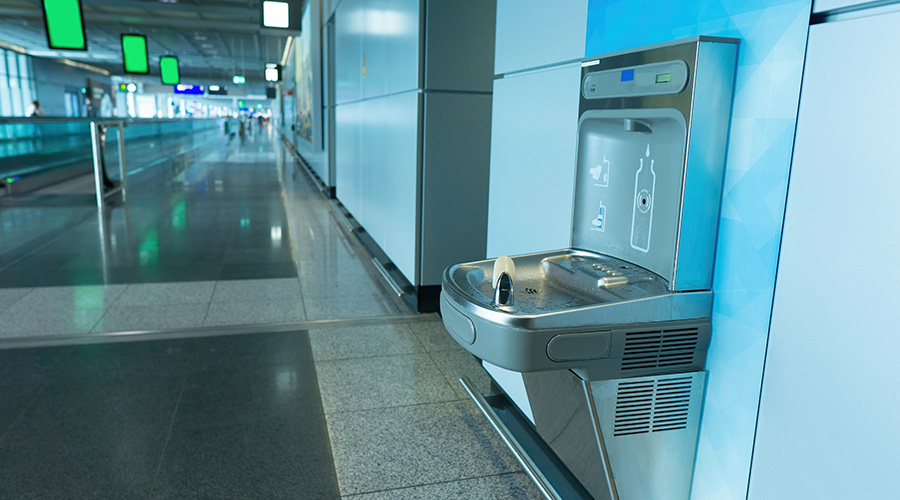Water Audit: Obtain Fixture Flow Rates, Waste-Line Sizes
Operating an institutional or commercial facility without a water audit and improvement plan is similar to having a checking account but not balancing it. Water audits give maintenance and engineering managers a tool to compare a building's water use to a baseline. The audit can uncover areas of waste and, more importantly, opportunities for curtailing water use and lowering costs.
Managers can turn the results of water audits into lower operating costs and a smaller environmental impact by developing and implementing plans that consists of improved operating procedures and strategic capital improvements.
Verifying Components
A proper water audit starts with reviewing the plumbing system's original, as-built facility documents. The auditor should confirm the installation of original fixtures and note variances. In cases where a set of as-built documents is unavailable, the auditor can create a list of the installed fixtures. The auditor also should note leaks and other potential sources of loss.
Information obtained during the audit must include flow rates for each fixture, as well as waste-line sizes. Water bills from the local utility can provide additional data. The auditor should obtain at least one complete year's worth of bills for comparison during the analysis.
Related Topics:














